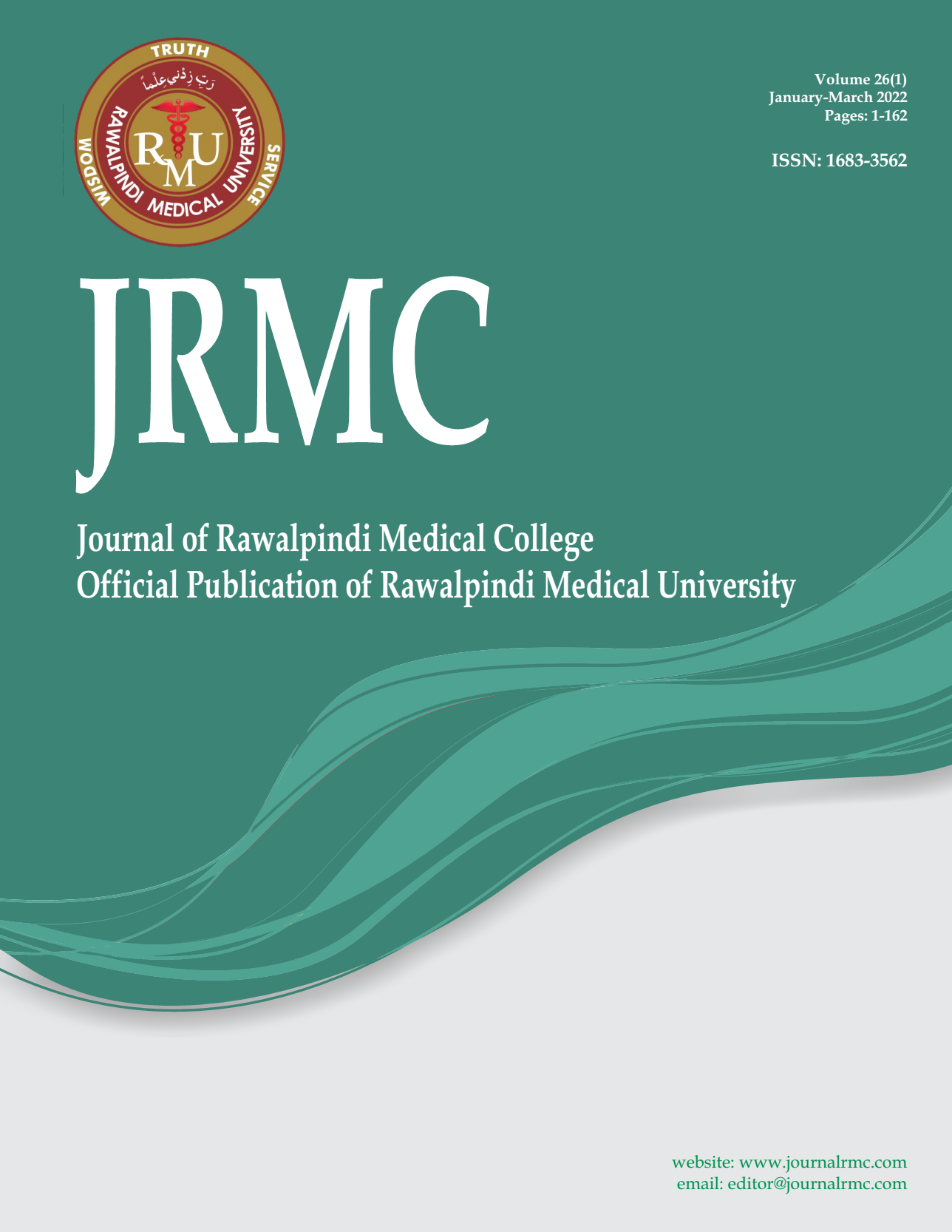Abstract
Introduction:
Identifying posterior circulation stroke in patients with AVS without obvious focal neurological deficits poses a difficult diagnostic challenge. It is estimated that about 10% to 20% of patients who present with acute dizziness to the Emergency department have AVS7. Most AVS patients have a benign peripheral vestibular cause (vestibular neuritis or nonbacterial labyrinthitis), but about 25% have brainstem or cerebellar strokes7, 9-10. Rapid, accurate diagnosis of posterior stroke is important for early management as well as prevention of devastating complications. HINTS is a clinical three-step bedside oculomotor exam, that has been suggested of high diagnostic accuracy in identifying posterior circulation stroke in patients with isolated continuous vertigo.
Methods:
A comprehensive systematic search of literature was done using the NHS Evidence healthcare databases Medline, EMBASE, CLINIL, Google scholar and Cochrane.
Results:
10 relevant articles were identified, combining the results of all six prospective studies showed a total of 338 patients on which Clinical HINTS exam was performed. The overall Hints exam sensitivity was 96.86% 95%CI (92.8-99), specificity 96.09% 95%CI (92.1-98.4) and negative predictive value was 0.03 95%CI (0.01-0.08). ROC analysis was done in which area under curve was found to be 0.965.
Conclusion:
Delay in diagnosis of posterior stroke can result in 8-fold increase in mortality7. HINTS is a useful clinical bed side oculomotor exam, which if done appropriately by trained ED doctors, could aid in the early recognition of a subtly presenting posterior stroke with “acute isolated continuous vertigo”. Hence, will improve the overall diagnostic evaluation of acute vestibular syndrome.

